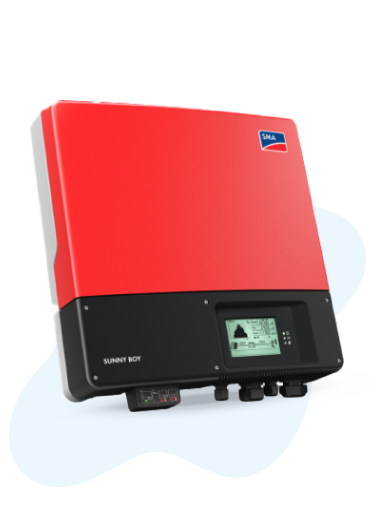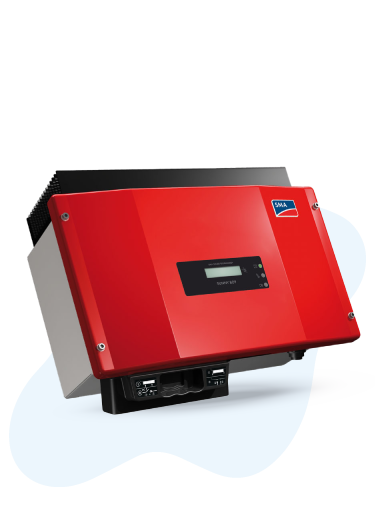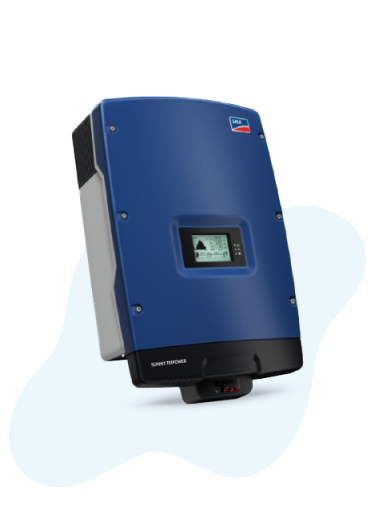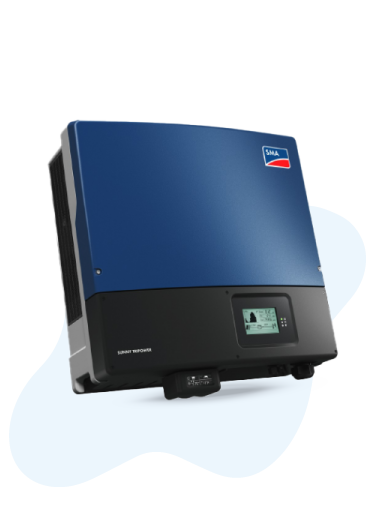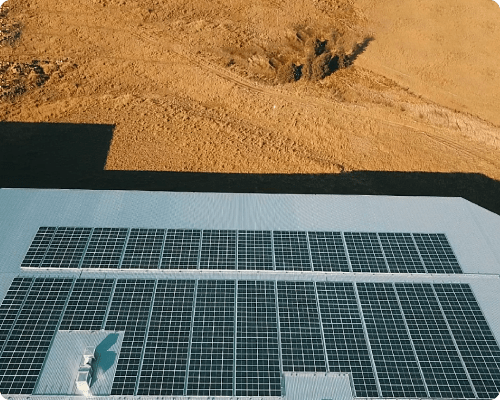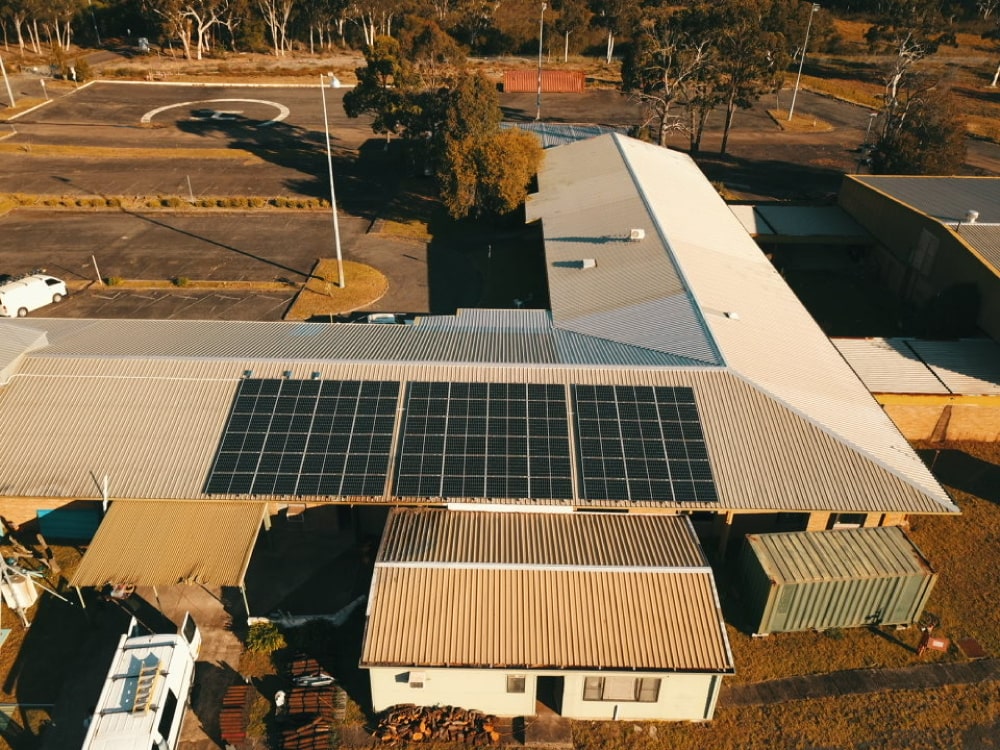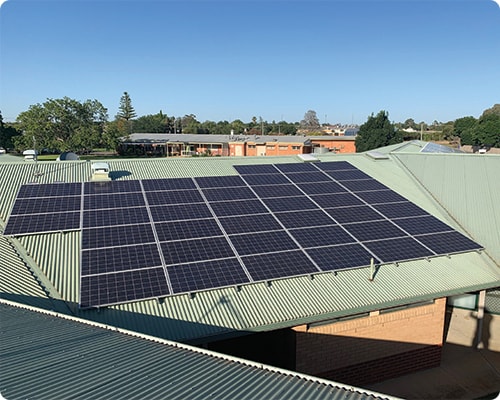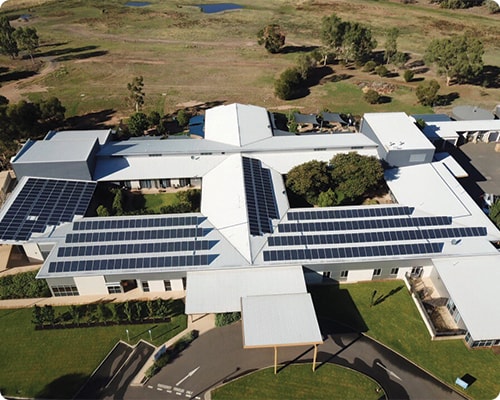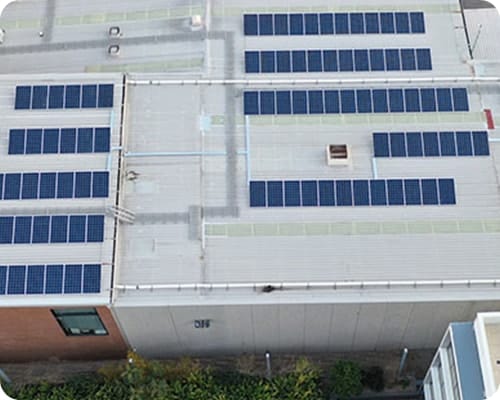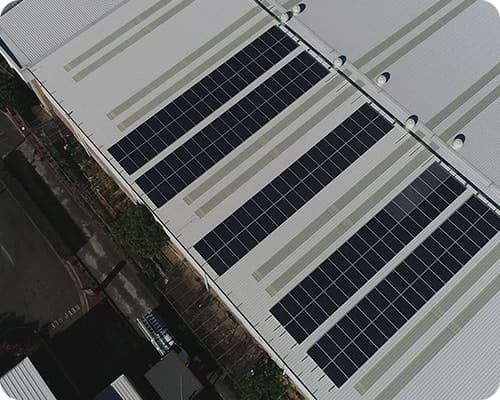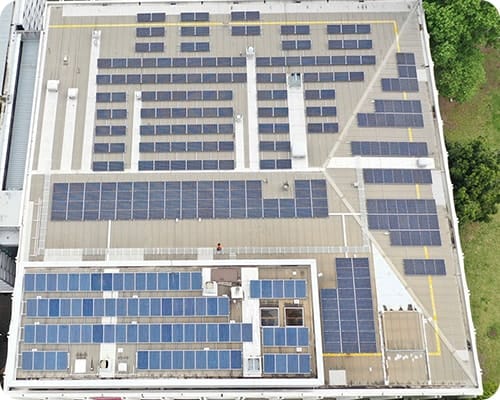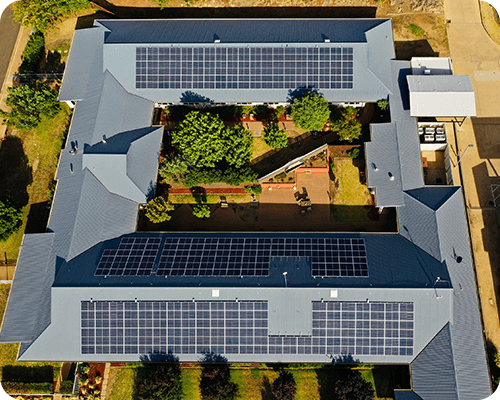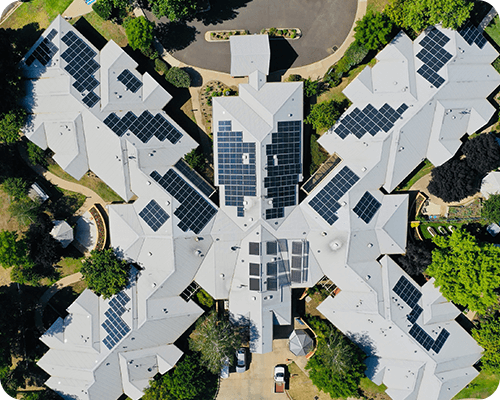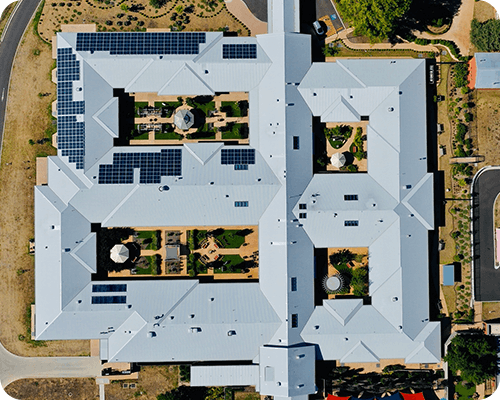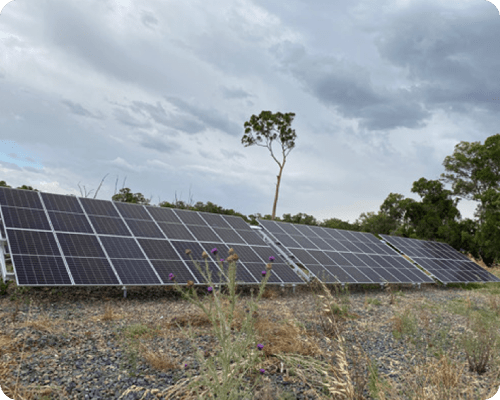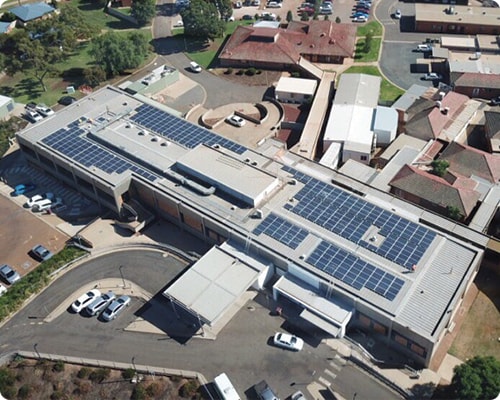SUNNY BOY 3000TL / 3600TL / 4000TL / 5000TL
As an ideal inverter for small and medium-sized households, the Sunny Boy TL is already ensuring high yields in thousands of PV systems worldwide. It is not only available in different power classes, but also for different roof designs. Thanks to the right communications technology, such as SMA’s Webconnect integrated into the inverter, this data can also be accessed online.
More efficient
Thanks to the higher, 750 volt maximum DC input voltage, often times one less module string is needed because more modules can be switched on in a series.
-
Highly flexible design reduces cabling requirements
-
Maximum efficiency of 97 percent ensures top solar
-
Optimal yield in partial shading and efficient operation of east/west arrays
-
Two MPP trackers with expandable OptiTrac®* Global Peak operational control
-
Optional: Single Tracker for complex or simple roof structures or as an add-on to existing PV plants
-
Fast and professional attachment, even on walls that are not completely straight
-
Popular anti-theft protection option available
More flexible
Greater flexibility in planning, implementing and solar harvest: The advantages of multi-string technology in the new transformerless Sunny Boy are also available in the 3 kW model.
Easier
Thanks to innovative mounting concept. The wall mount has also been redesigned, and now allows you to attach the inverter easily by inserting it from above.
-
Fewer disconnections from the grid thanks to voltage reduction via reactive power
-
Increased plant profitability
-
Current display features Latin and Cyrillic letters as well as Japanese characters
-
Upcoming software updates for additional languages such as Thai, Hebrew and Arabic
-
The device is nearly silent
-
Requires less service, saving time and money
Universally applicable
Intelligent controls offer advantages in every situation: Thanks to its integrated grid management functions, the new Sunny Boy with Reactive Power Control offers universal deployment options and contributes to grid support.
Multilingual
Thanks to international graphics characters. The user-friendly graphic display speaks a clear language: The dot matrix display can perfectly present any letter or symbol.
Low noise
Sounds good: The new transformerless Sunny Boy works so efficiently that its cooling concept no longer requires the usual fan.
SUNNY BOY 1300TL / 1600TL / 2100TL
SMALL INVERTERS FOR HIGH YIELDS
Combining a wide input voltage and input current range, the transformerless Sunny Boy can be connected to nearly all standard crystalline PV modules. As a proven entry-level model, its efficiency is first-class. Its low weight and robust enclosure make installation easy, both indoors and outdoors. With its three power classes, it is the ideal inverter for smaller PV systems.
Efficient
-
Efficiency of up to 96 %
-
Transformerless
-
Complete monitoring solution thanks to integrated Speedwire/Webconnect interface
-
Integrated ESS DC load-break switch (optional)
-
Proven technology
-
Maintenance free, thanks to convection cooling
-
SUNCLIX DC plug-in system
-
Easy commissioning of the integrated Speedwire/Webconnect interface
Safe
Reliable
Simple
SUNNY TRIPOWER 5000TL - 12000TL
THE THREE-PHASE INVERTER – NOT ONLY FOR YOUR HOME
...but also perfectly suited to the design of the traditional residential PV system up to the higher power outage range. After all, with the addition of the new 10 kVA and 12 kVA* versions to the portfolio, the Sunny Tripower product range covers a broad spectrum of applications. Users benefit from numerous tried-and-tested product features. Highly flexible with its proven Optiflex technology and asymmetrical multistring, it delivers maximum yields with a top efficiency rating and OptiTrac Global Peak. In addition to Bluetooth communication, it also comes standard with a direct Sunny Portal connection via SMA Webconnect. Other standard features include integrated grid management functions, reactive power supply and suitability for operation with a 30 mA RCD. In summary, when it comes to system design in the 5 to 12 kW power classes, the Sunny Tripower is the optimum product solution – for applications ranging from use in your own home and larger PV rooftop systems to implementation of smaller-scale PV farms.
Economical
-
Maximum efficiency of 98%
-
Shade management with OptiTrac Global Peak
-
Active temperature management with OptiCool
-
DC input voltage of up to 1,000 V
-
Integrated grid management functions
-
Reactive power supply
-
Module-tailored system design with Optiflex
-
SMA Webconnect
-
Sunny Portal communication
-
Bluetooth® communication
-
Simple country configuration
-
Multifunction relay comes standard
-
Three-phase feed-in
-
Cable connection without tools
-
Integrated ESS DC switch-disconnector
-
Easy wall mounting
Flexible
Communicative
Easy-to-Use
SUNNY TRIPOWER 15000TL / 17000TL
THE THREE-PHASE INVERTER FOR EASY PV SYSTEM DESIGN
The Sunny Tripower 15000TL/17000TL has new, cutting-edge features: The integration of grid management functions, including Integrated Plant Control, allows the inverter to regulate reactive power at the grid-connection point. This means that upstream regulator units are no longer needed, and system costs are lowered. Another innovation is around-the-clock provision of reactive power (Q on Demand 24/7).
Optiflex technology and the Optiprotect safety concept remain proven standards: Optiflex provides enormous design flexibility with the two MPP inputs in connection with a broad input voltage range - and does it for almost all module configurations. The Optiprotect safety concept, with its self-learning string failure detection, electronic string fuse and integrable DC surge arrester type II, ensures maximum reliability.
Efficient
-
Maximum efficiency of 98.2 %
-
SMA OptiTrac Global Peak MPP tracking for best MPP tracking efficiency
-
DC input voltage of up to 1,000 V
-
Tailor-made system design with Optiflex Innovative Cutting-edge grid management functions
-
Reactive power available 24/7 (Q on Demand)
-
Triple protection with Optiprotect — electronic string fuse, self-learning string failure detection, integrable DC surge arrester (SPD Type II)
Flexible
Reliable
SUNNY TRIPOWER 20000TL / 25000TL
THE VERSATILE SPECIALIST FOR LARGE-SCALE COMMERCIAL PLANTS AND SOLAR POWER PLANTS
The Sunny Tripower 20000TL/25000TL is the ideal inverter for large-scale commercial and industrial plants. Not only does it deliver extraordinary high yields with an efficiency of 98.4%, but it also offers enormous design flexibility and compatibility with many PV modules thanks to its multistring capabilities and wide input voltage range.
The future is now: the Sunny Tripower 20000TL/25000TL comes with cutting-edge grid management functions such as Integrated Plant Control, which allows the inverter to regulate reactive power at the point of common coupling. Separate controllers are no longer needed, lowering system costs. Another new feature-reactive power provision on demand (QonDemand24/7).
Efficient
-
Maximum efficiency of 98.4 %
-
DC surge arrester (SPD type II) can be integrated
-
DC input voltage of up to 1,000 V
-
Multistring capability for optimum system design
-
Cutting-edge grid management functions with Integrated Plant Control
-
Reactive power available 24/7 (QonDemand24/7)
Safe
Flexible
Innovative

Our Clients
Drawing on over 15 years of unrivalled experience, we have proudly installed solar solutions for an extensive array of commercial customers across Australia. Our expertise transcends industry boundaries, encompassing manufacturing, retail, hospitality, logistics, healthcare, and local government sectors. Our esteemed clients hail from a diverse spectrum, including various levels of government, public institutions, and private enterprises. Your industry, your sector—ASD is your trusted solar partner.
Our Happy Customers

Shrush


Lynne


John L


Tarnei


Vicki


Sarang


Barry


Eddie


GRAHAM


Shrush


Lynne


John L


